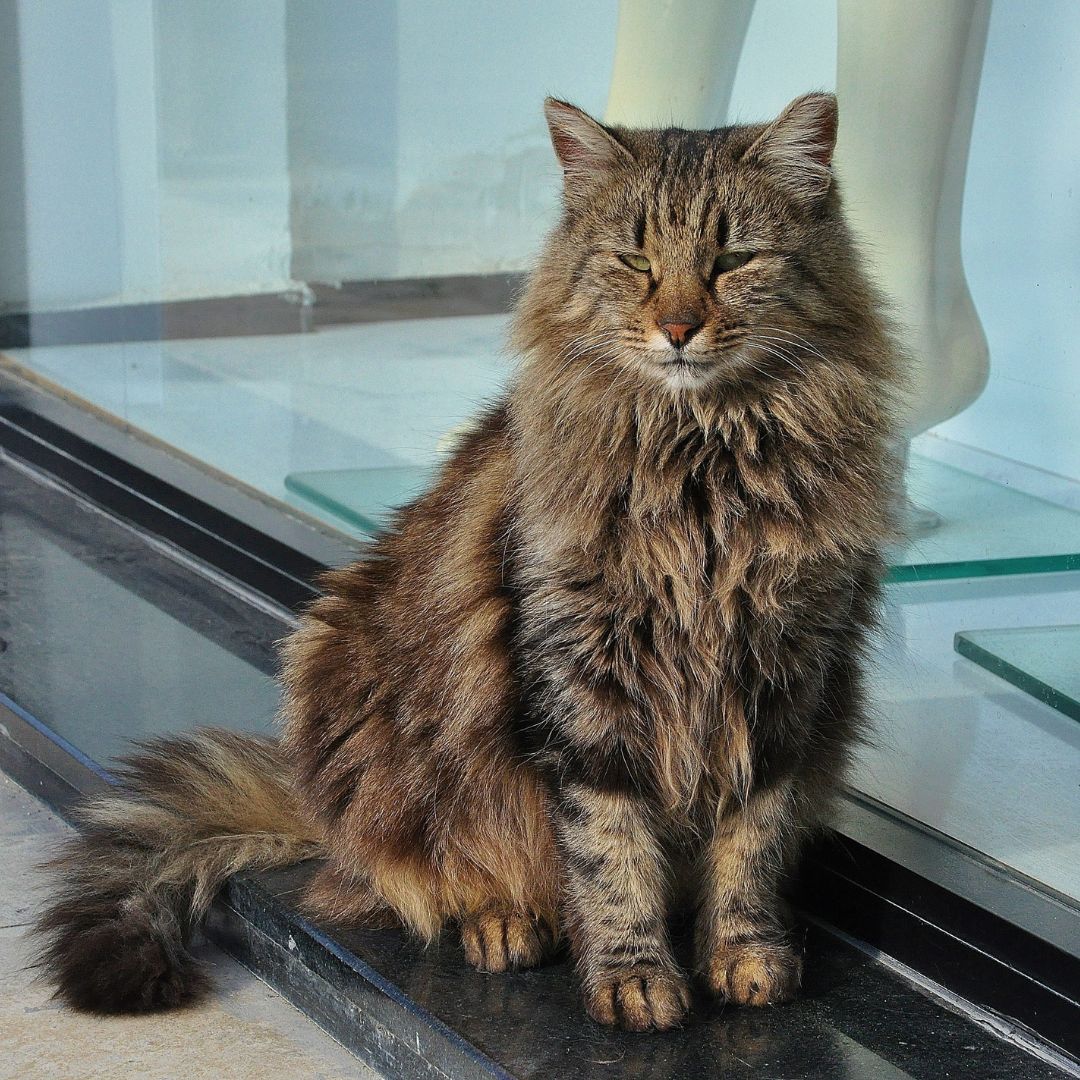
How to Protect Your Cat from Household Dangers
Share
Introduction:
As cherished members of our families, cats bring joy, companionship, and warmth into our homes. Ensuring their safety and well-being is paramount. However, amidst the comfort of our homes lie various hidden dangers that can pose significant risks to our feline friends. From seemingly innocuous household items to potential toxic substances, it's essential to be proactive in safeguarding our cats from harm. In this guide, we'll explore key strategies and precautions to protect your beloved cat from household dangers.
Understanding Common Household Hazards:
Before delving into preventive measures, it's crucial to identify and understand the common household hazards that may endanger your cat's health and safety. These include:
Toxic Foods: Cats should avoid certain foods like chocolate, onions, garlic, grapes, and raisins, which can be harmful if consumed.
Household Plants: Many indoor plants like lilies, philodendrons, and aloe vera can cause gastrointestinal problems or even organ failure in cats, so it's best to keep them out of reach.
Household Chemicals: Cleaning products, pesticides, and some medications can be toxic if ingested by cats, so store them securely and use with caution.
Small Objects: Items such as rubber bands, hair ties, and small toys can pose a choking hazard if swallowed, so keep them stored away safely.
Electrical Cords: Chewed electrical cords can lead to electrocution or serious injuries in cats, so ensure cords are safely secured and inaccessible.
Open Windows and Balconies: Cats can fall or injure themselves if they have access to unscreened windows or open balconies, so take precautions to prevent access to these areas.
Preventive Measures to Keep Your Cat Safe:
Now that we've identified potential household hazards, let's explore preventive measures to safeguard your cat:
Pet-Proof Your Home: Conduct a thorough inspection, removing any hazards or toxic substances within your cat's reach. Secure cabinets containing cleaning products, medications, and chemicals. Ensure all houseplants are non-toxic and inaccessible.
Proper Food Management: Store toxic foods securely in cabinets or containers your cat cannot access. When preparing meals, be mindful of keeping toxic ingredients out of reach.
Create a Safe Indoor Environment: Opt for cat-friendly houseplants like spider plants or cat grass. Place them in areas your cat can't access. Secure electrical cords with covers or hide them to prevent chewing.
Supervise Outdoor Access: If your cat goes outdoors, supervise them or provide a safe enclosure to avoid encounters with toxic plants or pesticides.
Offer Enrichment: Keep your cat mentally stimulated with interactive toys, scratching posts, and climbing structures. This reduces the likelihood of them seeking out hazardous items due to boredom.
Regular Veterinary Care: Schedule routine check-ups to monitor your cat's health. Keep vaccinations and preventive medications up-to-date, including flea and tick treatments.
Emergency Preparedness:
Despite our vigilant efforts, mishaps can still occur. It's crucial to be equipped for emergencies involving your cat:
Recognize Poisoning Symptoms: Understand the indicators of poisoning in cats, such as vomiting, diarrhea, lethargy, breathing difficulties, and seizures. Promptly contact your veterinarian if you suspect your cat has ingested something harmful.
Keep Emergency Contacts Accessible: Maintain a list of vital contacts, including your veterinarian's number, the nearest emergency veterinary clinic, and the ASPCA Animal Poison Control Center (888-426-4435), for quick access during emergencies.
Pet Emergency Kit: Compile a pet first aid kit comprising essentials like gauze, bandages, antiseptic wipes, and pet-safe disinfectants. Store it in an easily reachable spot for immediate use.
Conclusion:
Shielding your cat from household perils demands vigilance, awareness, and proactive steps. By identifying potential risks, implementing preventative measures, and preparing for contingencies, you can forge a safe haven for your beloved feline. Remember, safeguarding your cat's health and happiness is a responsibility worth embracing.
